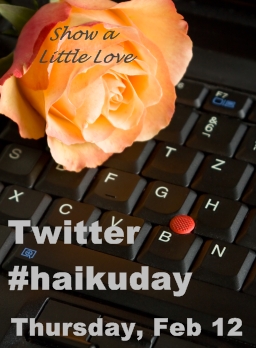 “Chasing Rainbows” is a phrase that describes someone who’s going after a dream that’s impractical and foolish. The phrase has often been used to describe writers who have unrealistic expectations of how well they can write and what they are worth. “He thinks he’s Hemingway, but he’s never published anything before. He’s just chasing rainbows.” “Can’t believe she thinks she’s going to make $100,000 off of her first book, she’s just chasing rainbows.”
“Chasing Rainbows” is a phrase that describes someone who’s going after a dream that’s impractical and foolish. The phrase has often been used to describe writers who have unrealistic expectations of how well they can write and what they are worth. “He thinks he’s Hemingway, but he’s never published anything before. He’s just chasing rainbows.” “Can’t believe she thinks she’s going to make $100,000 off of her first book, she’s just chasing rainbows.”
No one can catch a rainbow, right?
We’ve all known writers who had unrealistic expectations. By “unrealistic” I mean that they expect to make millions of dollars on an uncompleted project or believe that they’re famous and everyone knows who they are — even though they’ve only written one short story for a free magazine. We’ve laughed at them, we’ve made snarky comments privately, and we’ve all rolled our eyes at them — up until one of them does “make” it. Then we wonder how the heck that happened. Was it luck? Fate? What?
The reason why I believe any writer finds that proverbial pot of gold at the end of their rainbow is not because they were lucky or because fate deemed that they were successful. It’s because they were persistent. Not only did they chase the rainbow, but they did everything they could to find that pot of gold by persistently improving their craft, submitting fiction and non-fiction, networking, etc.
We all know that being a writer isn’t easy, which is why our rainbows are so vital to us. Sometimes, when we talk about what could happen we allow ourselves to believe that it might. It’s up to us then to doggedly pursue those rainbows in the best way that we know how.
So the next time you think a writer is chasing rainbows, I encourage you to take a step back and find out if they’re really wearing rose-colored glasses. All writers need a rainbow, and as long as we’re actually writing? I’m okay with that. How about you?

 Happy Valentine’s Day! Today’s the day to celebrate all things love and I can’t think of a better way than to share with you the love poetry from Twitter.
Happy Valentine’s Day! Today’s the day to celebrate all things love and I can’t think of a better way than to share with you the love poetry from Twitter.  What is
What is